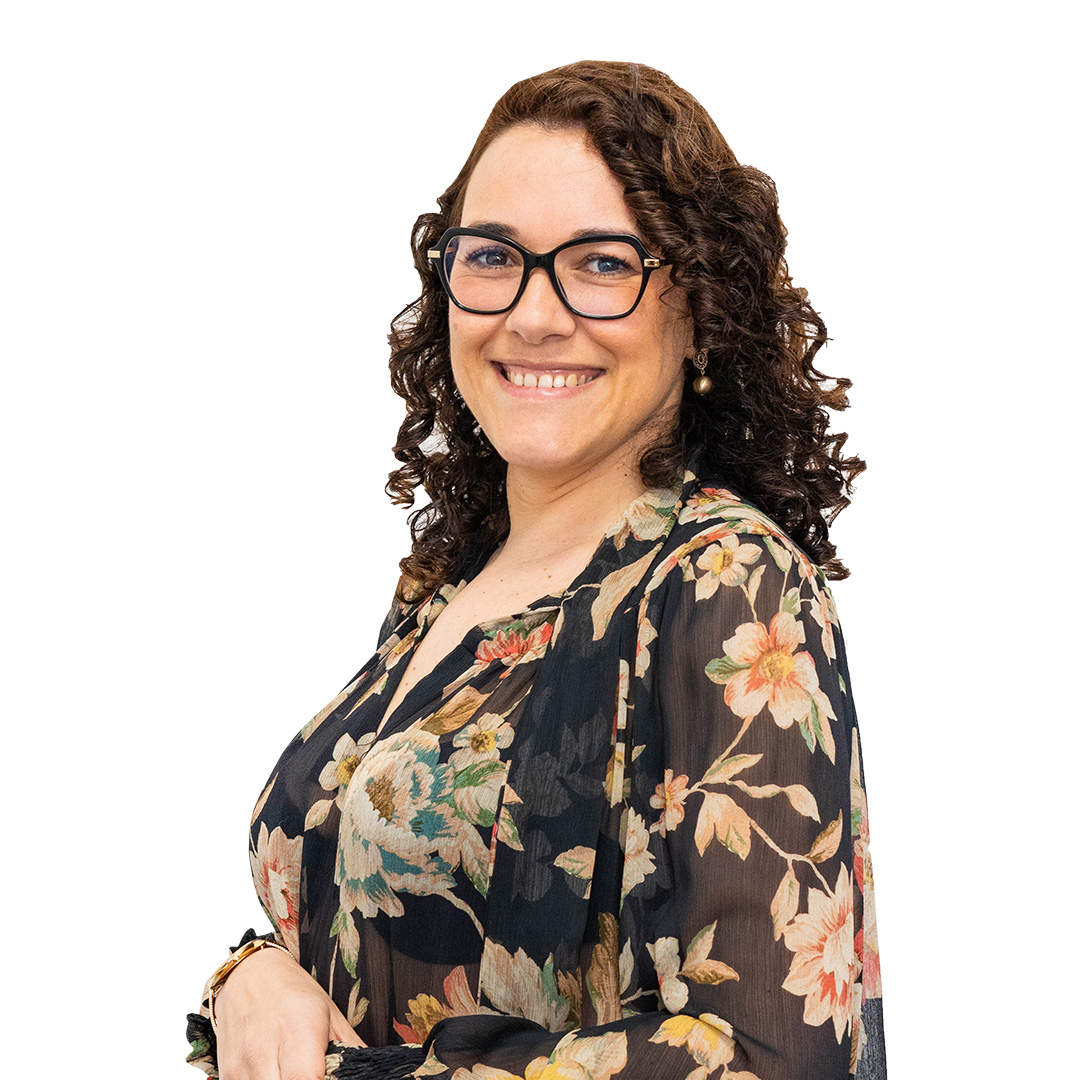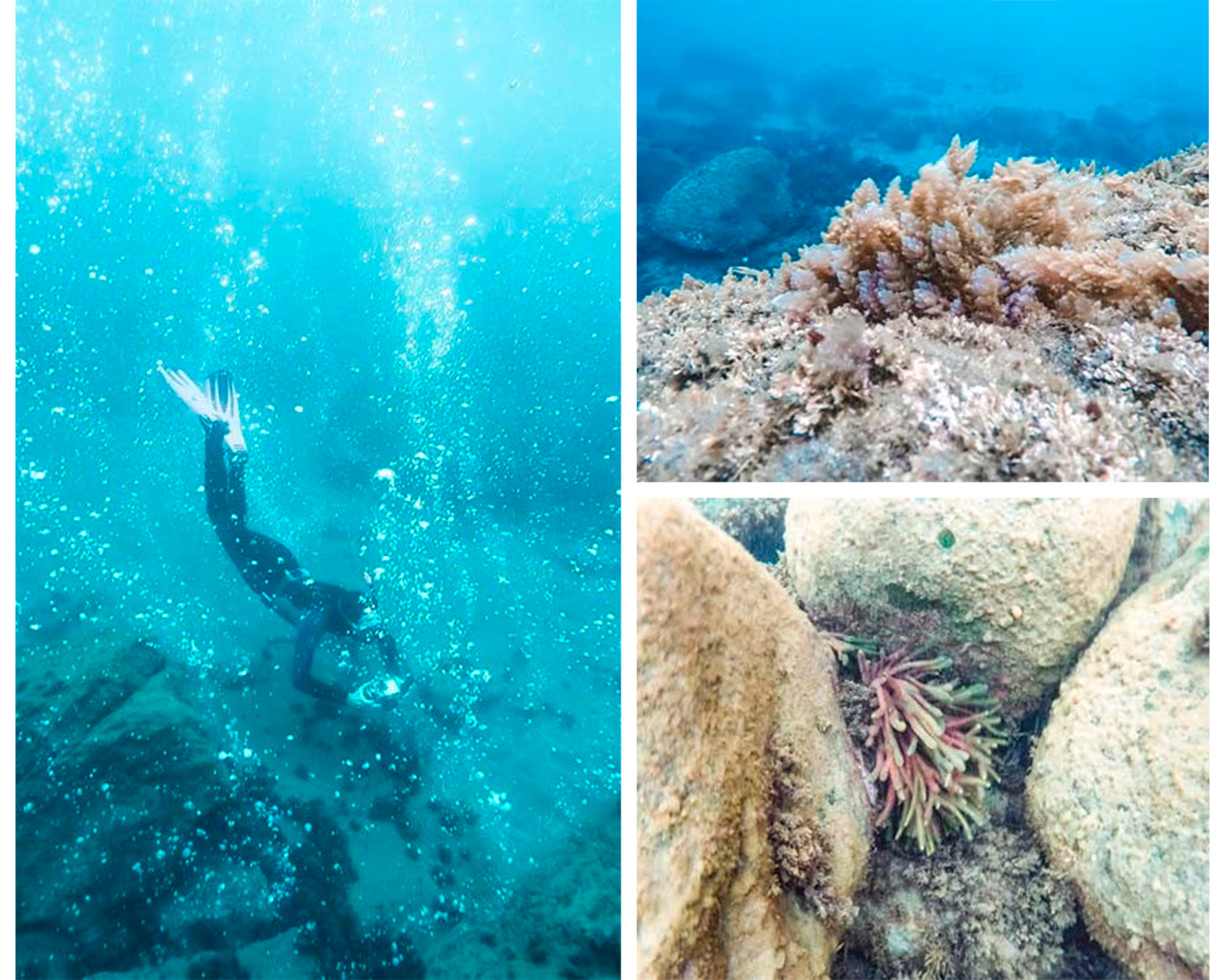
| Acronym: | 3B-vent |
| Cost Center: | 853 |
| Operation Code: | ACORES-01-0145-FEDER-000112 |
| Title: | 3B-vent - Biodiversity, biological interactions and biotechnological products from coastal hydrothermal vents in the Azores |
| Start-End: | 01-04-2019 - 31-12-2022 |
| Entidade Beneficiária Principal: | Fundação Gaspar Frutuoso |
| Gestores da FGF: | Lúcia Cláudio |
| Responsible Researcher: | Maria do Carmo Roque Lino Felgueiras Barreto |
| Organic Units: | FCT - Faculdade de Ciências e Tecnologia |
| R&D Units: | GBA-cE3c - Grupo de Biodiversidade dos Açores |
| Entidade | Montante |
|---|---|
| Total Eligible Cost | 186.508,77 € |
| Direção Regional da Ciência e da Tecnologia (15.0 %) | 27.976,32 € |
| PO Açores 2020 - FEDER (85.0 %) | 158.532,45 € |
Main Objectives:
Increase quality scientific production oriented towards intelligent specialization.
This project aims to investigate the microbial diversity associated with marine species from coastal hydrothermal vents, and understand the biological interactions between host/microbiome in the face of environmental changes. It is also intended to identify bacteria and cyanobacteria with potential for new marine bioactive natural products that can be used in a wide range of applications and allow the establishment of innovative investments with economic/social benefits for the Azorean population. It is intended to achieve the following specific objectives:
- realize how different coastal hydrothermal vent communities are from other coastal communities;
- know the general structure of the microbiome community of shallow hydrothermal vents in the Azores and assess how these communities vary in space and time;
- identify the biological associations between host/microbiome and understand whether they are general or specific;
- to assess whether the dominance of certain species is a consequence of the associations mentioned in the previous point or a result of the specific environmental characteristics of shallow hydrothermal vents;
- investigate the biotechnological potential of the microbiomes of coastal hydrothermal vents in the Azores;
- promote the training and integration of specialized human resources in a multidisciplinary research team;
- promote the dissemination and increase the involvement of citizens in science, providing scientifically validated information on the biodiversity of shallow hydrothermal vents in the Azores.
Project Description:
This project, aligned with the EU 2020, National Oceans 2013-20 strategies and with the DQEM, includes the priority objectives of the Azores PO and RIS3, and proposes to: consolidate research, technological development and innovation; enhance the biodiversity of coastal hydrothermal vents; conserve and protect the environment; and promote the efficient use of resources. Its development will (1) promote the relationship between fisheries and other priority areas, through new organisms that will constitute alternative marine products; (2) strengthen collaboration between research centres, companies and public administration in innovative activities related to the sea; and (3) reinforce the position of the Azores in the area of ocean knowledge, through an ambitious plan to disseminate the results with dedicated dissemination actions, participation and organization of scientific events and publications in specialist journals with international circulation.
The project, led by Ana I Neto, has a team of 9 researchers from 4 FCT research centers and with the collaboration of Aschwin Engelen (Centre for Marine Sciences, Algarve ), Jason Hall-Spencer (University of Plymouth, England) and the Microbial Observatory of the Azores (OMIC). This team will be reinforced in 2 elements that will be hired within the scope of the project.
Results:
The development of this project will make it possible to fill the existing knowledge gap regarding the characterization of shallow hydrothermal vents in the Azores with regard to: a) temporal and spatial variation of the parameters physicochemicals; b) composition and structure of communities; c) biodiversity, trophic structure and host-microbiota associations. Additionally, it is expected that the data obtained can help in the construction of a bank of cultivable bacteria and cyanobacteria originating from these systems. It is also expected that the present project can generate information on the ability of isolates / extracts to produce antimicrobial compounds and enzymes with technological potential.



